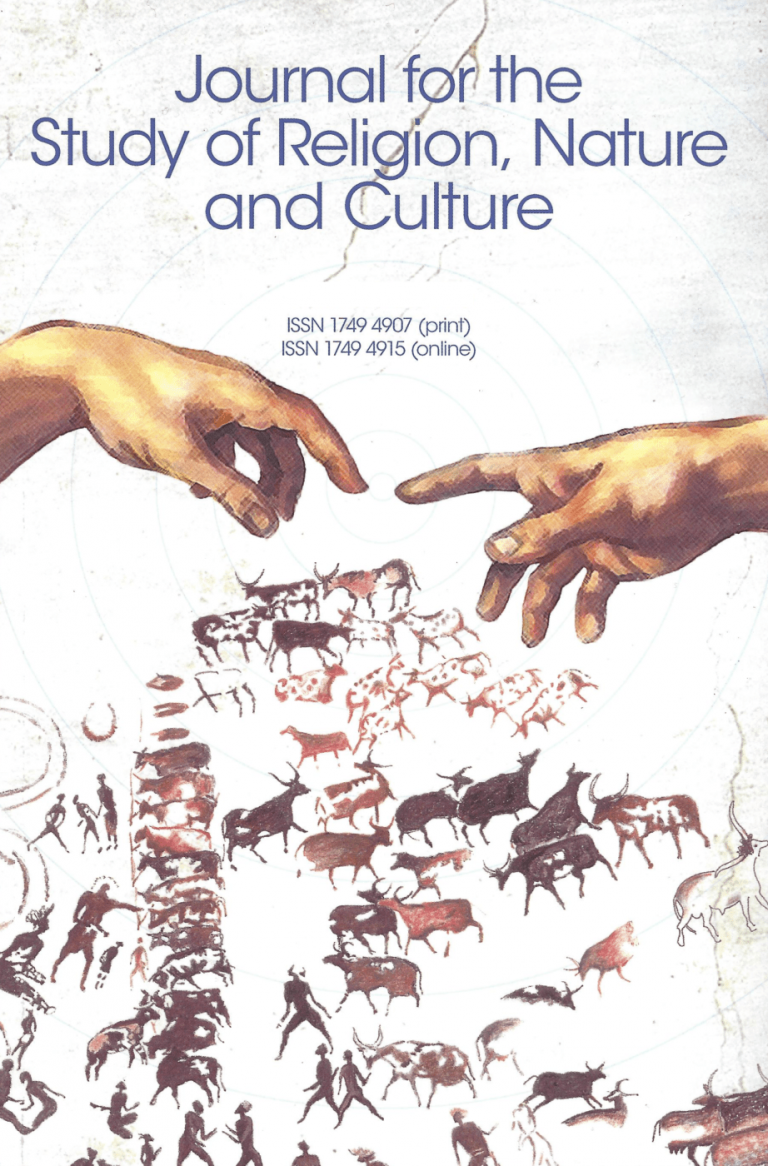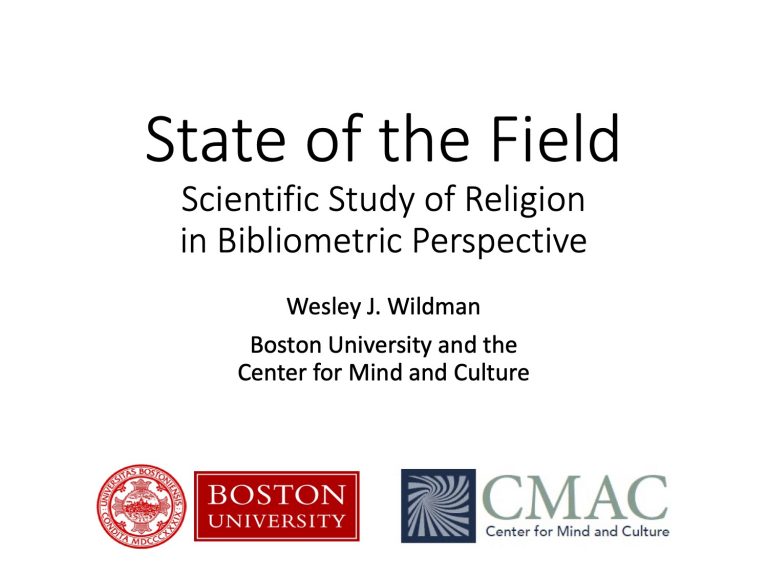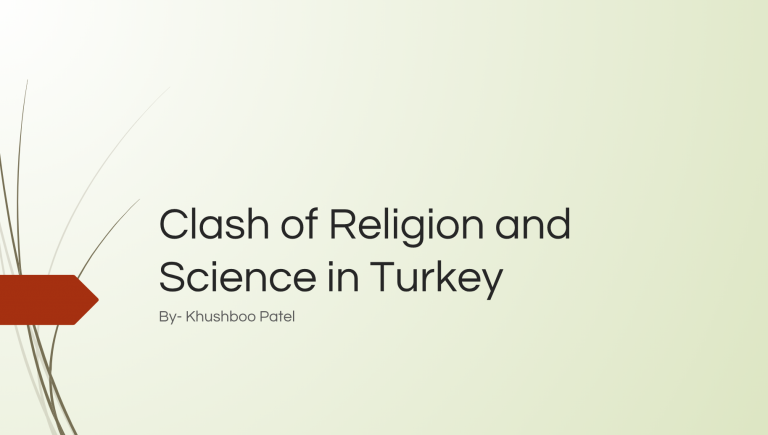Doctoral Fellow Kate Stockly & Post-Doctoral Fellow Stephanie Arel and Research Associate Megan DeFranza
Conference on Evolution of Religion II: How Biology, Psychology and Culture Interact
November 14, 2017
Abstract: One of the most perpetually puzzling questions about religion is: why are women more religious than men? This pervasive gender/sex difference is found throughout the world’s religious traditions, and is reliably replicated using almost all of the measures sociologists and psychologists have developed to measure religiosity. What is it about human social structures, religious traditions, and/or gender roles that lead to patterns of male and female religiosity? Are these differences more prevalent in some cultures or traditions compared to others? To explore these question and others, we at the Sex Differences and Religion Project (SDRP) at the Institute for the Bio-Cultural Study of Religion in the Center for Mind and Culture have constructed a large cross-cultural database of 268 variables concerning cultural, religious, and gender differences for 216 diverse cultures worldwide. Data was compiled from several existing datasets on gender, social rituals, and religion and supplemented by a set of our original variables coded from ethnographic records held in the electronic Human Relations Area Files. The SDRP is currently in the process of analyzing this dataset to explore over a dozen different hypotheses on the status of women and religion’s role in cultural and social evolution. In what will be the first public presentation of this promising database, we will focus on a particular set of hypotheses that are supported by our preliminary data analysis: in short, the data shows that the presence of female specific religious rituals has a protective effect against domestic violence perpetrated against women. First, we found that violence against women is more common in cultures that have patrilocal post-marital residence patterns (in which women leave their kin group at marriage in order to join their husband’s kin group) than in those with matrilocal patterns. Since scholars theorize that one of the most compelling functions of religious ritual is to encourage and solidify group cohesion and harmony generally, and for individuals to signal loyalty, reliability, and commitment to the group, we hypothesized that in patrilocal cultures, we might expect an increase in religious ritual participation among women. When women leave their family of origin, they must struggle to build new social bonds and sources of solidarity, and to communicate their fidelity and trustworthiness to the new group – especially to other females, who will be important sources of support if/when the new bride has children. Though we have not yet tested whether rates of female ritual participation are higher in patrilocal cultures, we did find that in patrilocal cultures, the presence of female specific rituals appears to have a protective effect against those higher levels of violence against women. Lower levels of domestic violence were found when there were more opportunities for female ritual participation, even when the rituals appear somewhat coercive or negative such as menstrual segregation or taboos. Along with adding to the literature on sex differences in religion, these findings may also lend support to theories of the social function of ritual such as rituals as credibility enhancing displays (CREDs).
Learn More about the Conference Here



